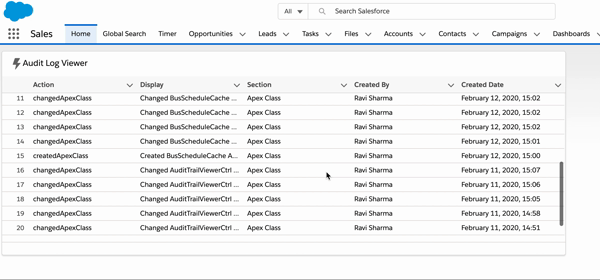COVID-19 tracker in LWC

What's the best way to spend the weekend when the country is in lockdown mode - write some cool Lightning components. Over the weekend, I have created a single page application in LWC which gives you the live numbers of how many people are affected by the COVID-19 pandemic worldwide. In a single view, the application gives you an overview of how many people are affected globally. It also gives you the breakdown of the numbers on a per-country basis. You can filter the information by providing the desired country name. Also, besides each country's name is an info icon, which gives you more details for that specific country. You can install this application using the following unmanaged package: https://login.salesforce.com/packaging/installPackage.apexp?p0=04t6F000004LDId A live demo of the application is hosted on the following force.com site: https://covid19-info-developer-edition.ap17.force.com/statistics . Please note that this is a developer account and it allows...





